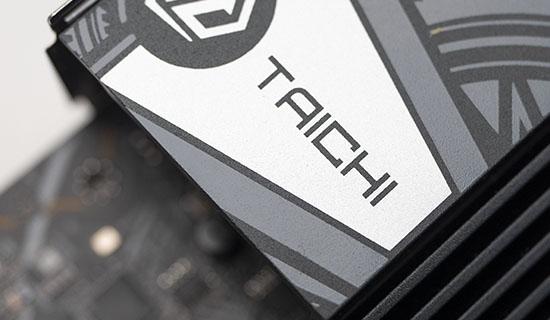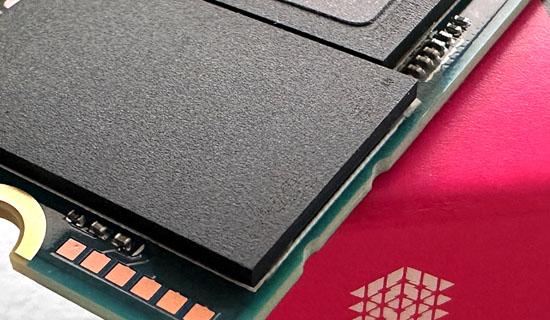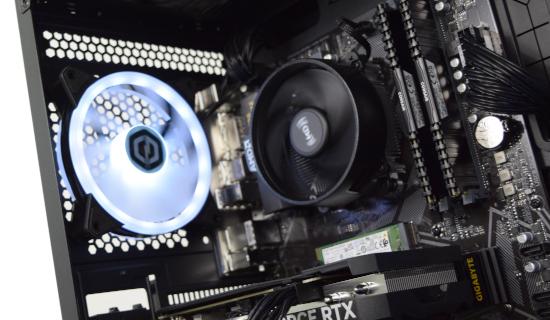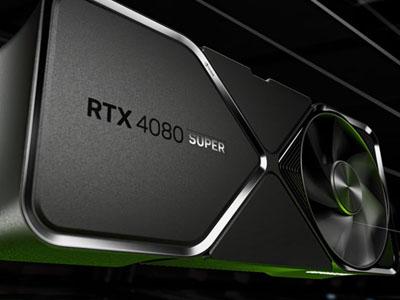
Product on Review: TUF RTX 3080 OC
Manufacturer: ASUS
Street Price: USD $750 | AUD $1489 | GBP £750
NVIDIA’s 2nd generation RTX architecture codenamed “Ampere” was unveiled to consumers on September 1. Extensive adjustments to a variety of elements such as RT cores, Tensor cores and shader units are just a few of the improvements, along with the support for the very latest GDDR6X which boasts double the throughput of GDDR6, with memory bandwidth operating at an impressive 19Gbps – a joint development between NVIDIA and Micron.
Of NVIDIA’s flock, the RTX-30 Series is also the first to embrace PCIe 4.0, which for the moment is only available via AMD motherboards/platforms. Since NVIDIA and AMD graphics card series now utilise such a standard, we’ve recently upgraded our GPU test system to the AMD X570 platform, along with AMD Ryzen Gen 3, so we’re now ‘bang up to date’.
For countless years we’ve worked closely with NVIDIA and have reviewed various generations of their graphics cards for day 1 launch but unfortunately this time round, we weren’t afforded such a privilege, hence the lack of Founders Edition coverage.
In the weeks that followed ASUS has stepped in and kindly sent over one of their new RTX 30-series models, so we’d like to express a huge thanks to the team!
In the spotlight today is the ASUS TUF RTX 3080 OC, a graphics card featuring the very latest GA-102 ampere GPU. The team at ASUS has applied a factory OC , nudging up the frequency of the GPU Boost Clock by 100MHz. This TUF model also arrives with the renowned Max Contact thermal solution and a triple helping of axial-tech cooling fans.
Should you have this RTX 3080 on your radar? Read on to find out!
ASUS on their TUF RTX 3080
The TUF Gaming GeForce RTX™ 3080 has been stripped down and built back up to provide more robust power and cooling. A new all-metal shroud houses three powerful axial-tech fans that utilize durable dual ball fan bearings. Fan rotation has been optimized for reduced turbulence, and a stop mode brings all three fans to a halt at low temps. Beneath, independent heatsinks for the GPU and memory keep thermals under tight control. Additional features, including TUF components, Auto-Extreme Technology, a new GPU bracket, and a backplate vent make the TUF a proper powerhouse. For builders looking for a new “old faithful”, this card has your back.























